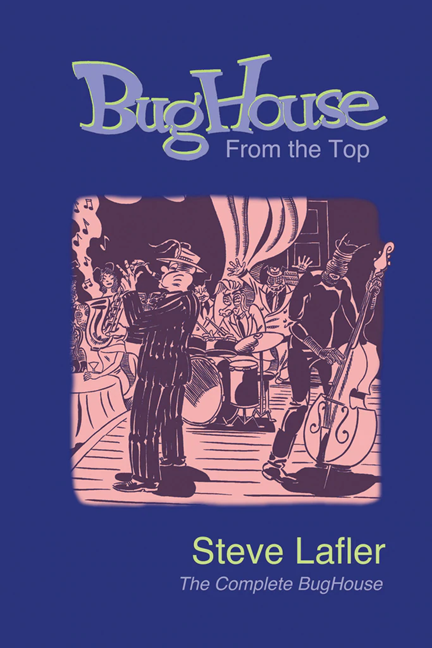Dutch cartoonist Aimée de Jongh describes Days of Sand as historical fiction, which is to say it’s grounded in fact but populated by fictional characters. The story is set in the Oklahoma Panhandle, 1937, during the height of the Dust Bowl disaster (which extended from the southern regions of Montana and North Dakota all the way into Texas). De Jongh’s narrative is gorgeously drawn, yet the historical aspects held my interest more so than the fictional story elements, largely due to characters that are presented more as archetypes than three-dimensional people.
De Jongh’s protagonist is twenty-two year old John Clark, a white photographer hired by the Farm Security Administration (FSA), a U.S. government agency operational from 1937-1946, tasked with mitigating rural poverty during the Great Depression. Photographers like John (as well as Dorothea Lange) were employed to document the lives of those struggling in order to publicize their plight to the American public in large-circulation magazines like Life. John’s father was a famous photographer and John clearly resents him for having been a cold and downright abusive parent and husband. Nevertheless, he follows in his dad’s footsteps and travels to the heart of the troubled region, camera at the ready.

At the start, John, somewhat of city slicker, is cluelessly insensitive to the locals, treating them more as anthropological specimens than people. He persuades a white family of four into posing for his camera, then asks if he could take another shot of just the young son: “I still need a photograph of orphaned children.” The father takes extreme umbrage at this: “So now we’re just actors in a play? Count me out!” John’s willingness to stage shots that are supposed to be caught-in-the-moment raises the subject of truth massaging; as someone at FSA puts it: “The truth is there… it’s just arranged differently.” Here, de Jongh makes the point that, for better and for worse, the media has long interpreted and represented its own views, not always the cold hard truth.
But John realizes he needs to change his approach and over a few days develops a new strategy: “This time I’d approach subjects without my camera first. I would talk a little bit about myself, before mentioning my job.” This works, and he finally establishes “a real connection with people,” though at first these relationships seem fairly superficial, a means for John to get what he wants.
Among the friendships he establishes are with Cliff, the plucky young son of the above-mentioned offended father; Dwayne Watson, a Black man with a wife and one small child (his two other children died of “dust pneumonia”); and, most notably, Betty Harrison, a pregnant widow to whom John becomes instantly attracted.
In the book’s backmatter, de Jongh offers us several pages of vintage photos (including Lange’s famous “Migrant Mother”, shot in 1936) and welcome background on the causes of the Dust Bowl phenomenon. This section of the book is beautifully polished, and frankly makes me wonder whether a straightforward nonfiction account might have been a more effective format.

While de Jongh is a gifted draughtsperson—her work netted the book a “Best in Show” award at the 2022 MoCCA festival in New York—it’s frustrating that she isn’t better with characterization. Most of the people populating the book feel like stock characters who exist primarily to teach John lessons on How to Be a Better Person. (John isn’t the most sympathetic lead at the outset and we recognize that he has a journey of self-discovery ahead of him.) But as he eventually builds true rapport with locals, he slips into a banal monologue about these simple jus’ folks: “I would surely miss the honesty of the Dust Bowl’s residents: Their resilience. Their strength, despite it all. I would miss the dirt on their faces. Their southern accent. Their character.” This romantic viewpoint comes across as condescending, as it is not framed as such. The individuals John rhapsodizes about would have been better served by being allowed to live and breathe out from under his gaze; a few little character beats would have lent them some welcome dimension. And some of John’s final actions come with more than a whiff of White Savior Syndrome.
Still, de Jongh’s visual mastery makes even the book’s more unconvincing passages go down easy. She is particularly good at depicting the terrible damage wrought by the insidious, relentless dust, which seeps into everything: burying farm equipment, infiltrating lungs, and sapping away health and livelihoods. There’s a great, scary sequence where John sees a dust storm approaching. Since capturing a storm on film is on his to-do list, he ventures out with his camera. Here de Jongh shifts into full-page drawings of almost orange-brown abstraction, capturing the chaos of wind and sand whipping about, pummeling John and everything in sight. And as for period detail, de Jongh clearly did her homework, capturing the era with authenticity and confidence. The houses of the Oklahomans look lived-in, filled with all the details that make a home a home, even in abject poverty.
Ultimately, Days of Sand offers up a fascinating and sobering history with powerful visuals. Though bound up in a bit too many Hollywood-style clichés, it is a rewarding, educational read.








